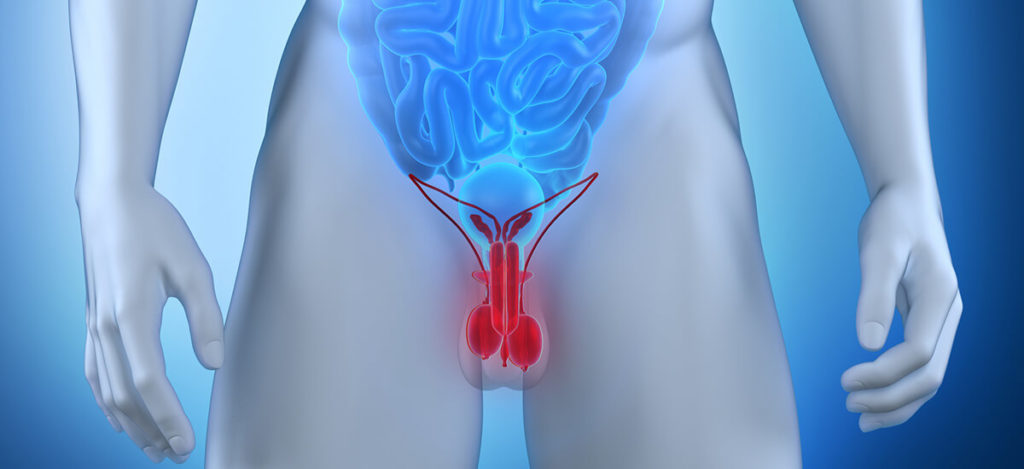RATIONALE: Estrogen can stimulate the growth of breast tumor cells. Ovarian function suppression combined with hormone therapy using tamoxifen or exemestane may fight breast cancer by reducing the production of estrogen. It is not yet known whether suppression of ovarian function plus either tamoxifen or exemestane is more effective than tamoxifen alone in preventing the recurrence of hormone-responsive breast cancer.
PURPOSE: Randomized phase III trial to compare the effectiveness of ovarian suppression plus either tamoxifen or exemestane with that of tamoxifen
Official Title
Phase III Randomized Study of Ovarian Function Suppression in Combination With Tamoxifen Versus Ovarian Function Suppression in Combination With Exemestane Versus Tamoxifen Alone in Premenopausal Women With Endocrine-Responsive Breast Cancer
Conditions
– stage I breast cancer- stage II breast cancer- stage IIIA breast cancer
Study Type
Interventional
Study Design
Treatment
Further Details
OBJECTIVES:- Compare ovarian function suppression (by triptorelin, oophorectomy, or ovarian irradiation) in combination with tamoxifen vs ovarian function suppression in combination with exemestane vs tamoxifen alone in patients with endocrine-responsive breast cancer. – Compare the disease-free and overall survival of patients treated with these regimens. – Compare the quality of life, including late side effects of early menopause, of patients treated with these regimens. – Compare the incidence of second (nonbreast) malignancies in patients treated with these regimens. – Compare the sites of first treatment failure in patients treated with these regimens. OUTLINE: This is a randomized, multicenter study. Patients are stratified according to participating center, prior adjuvant/neoadjuvant chemotherapy (yes vs no), and number of positive axillary and/or internal mammary lymph nodes (0 vs 1 or more). Patients are randomized to 1 of 3 treatment arms. Arm I: Patients receive oral tamoxifen daily. Patients receive tamoxifen as in arm I and ovarian function suppression by 1 of the following treatments: – Triptorelin intramuscularly once every 28 days – Surgical oophorectomy – Ovarian irradiation once daily for 4 or 5 days – Arm III: Patients receive oral exemestane daily and ovarian function suppression as in arm II. Treatment continues for 5 years in the absence of disease progression or unacceptable toxicity. – Quality of life is assessed at baseline, every 6 months for 2 years, and then annually for 4 years.Patients are followed every 3 months for 1 year, every 6 months for 5 years, and then annually thereafter.
Study Start
Eligibility & Criteria
DISEASE CHARACTERISTICS:- Histologically confirmed breast cancer – Completely resected disease – No clinically detectable residual loco-regional axillary disease – Prior surgery for primary breast cancer of 1 of the following types: – Total mastectomy with or without adjuvant radiotherapy – Breast-conserving procedure (e.g., lumpectomy, quadrantectomy, or partial mastectomy with margins clear of invasive disease and ductal carcinoma in situ) with radiotherapy – No more than 12 weeks since prior surgery if no adjuvant chemotherapy – No more than 6 months since prior adjuvant chemotherapy – Tumor confined to the breast and axillary nodes – Tumor detected in internal mammary chain nodes that are not enlarged is allowed – Prior neoadjuvant therapy allowed provided disease was operable prior to neoadjuvant therapy – Axillary lymph node dissection or a negative axillary sentinel node biopsy required – Patients with microscopically positive axillary sentinel nodes are eligible if they are randomized in a clinical study evaluating those lymph nodes – No distant metastases – No locally advanced inoperable breast cancer, including any of the following: – Inflammatory breast cancer – Supraclavicular node involvement – Enlarged internal mammary nodes (unless pathologically negative) – No bilateral invasive breast cancer – No prior ipsilateral or contralateral invasive breast cancer – Hormone receptor status: – Estrogen and/or progesterone receptor positive – At least 10% of the tumor cells positive by immunohistochemistry Age- Premenopausal Sex- Female Menopausal status- Premenopausal – Estradiol in the premenopausal range – Temporary chemotherapy-induced amenorrhea allowed provided premenopausal status is regained within 6 months of the final dose of chemotherapy Hepatic- No systemic hepatic disease that would preclude prolonged follow-up Renal- No systemic renal disease that would preclude prolonged follow-up Cardiovascular- No systemic cardiovascular disease that would preclude prolonged follow-up – No prior thrombosis (e.g., deep vein thrombosis) and/or embolism unless patient is medically suitable Pulmonary- No systemic pulmonary disease that would preclude prolonged follow-up Other- Not pregnant or nursing – Fertile patients must use effective nonhormonal contraception – No history of noncompliance to medical regimens – No other nonmalignant systemic disease that would preclude prolonged follow-up – No prior or concurrent malignancy except adequately treated basal cell or squamous cell skin cancer, carcinoma in situ of the cervix or bladder, or contralateral or ipsilateral carcinoma in situ of the breast – No psychiatric, addictive, or other disorder that would preclude ability to provide informed consent Biologic therapy- Not specified – ChemotherapySee Disease Characteristics Endocrine therapy- More than 1 year since prior selective estrogen-receptor modulators (SERMs) before the breast cancer diagnosis – More than 1 year since prior hormone replacement therapy before the breast cancer diagnosis – No prior endocrine therapy, including adjuvant or neoadjuvant therapy, for more than 6 months after breast cancer diagnosis – No prior gonadotropin-releasing hormone analogues for breast cancer – No concurrent oral or transdermal hormonal therapy – No other concurrent estrogen, progesterone, or androgens – No other concurrent aromatase inhibitors – No concurrent hormone replacement therapy – No concurrent oral or other hormonal contraceptives (i.e., implants or depot injections) – No other concurrent SERMs (e.g., raloxifene) Radiotherapy- See Disease Characteristics – No prior ovarian radiotherapy Surgery- See Disease Characteristics – No prior oophorectomy – No concurrent oophorectomy unless performed as part of this study Other- No concurrent bisphosphonates, except in the following cases: – Bone density is at least 1.5 standard deviations below the young adult normal mean – Participation in a randomized clinical study testing bisphosphonates in the adjuvant breast cancer setting – No other concurrent investigational agent
Total Enrolment
3,000 patients
Contact Details
[1] Peter MacCallum Cancer Centre, Melbourne, Victoria, 8006, Australia; Recruiting Prudence Francis, MD 61-39-656-1701 Prue.Francis@petermac.org [2] International Breast Cancer Study Group [3] National Cancer Institute (NCI)[4] Breast International Group[5] Cancer and Leukemia Group B[6] National Cancer Institute of Canada[7] North Central Cancer Treatment Group[8] National Surgical Adjuvant Breast and Bowel Project (NSABP)[9] Southwest Oncology Group
All content and media on the HealthEngine Blog is created and published online for informational purposes only. It is not intended to be a substitute for professional medical advice and should not be relied on as health or personal advice. Always seek the guidance of your doctor or other qualified health professional with any questions you may have regarding your health or a medical condition. Never disregard the advice of a medical professional, or delay in seeking it because of something you have read on this Website. If you think you may have a medical emergency, call your doctor, go to the nearest hospital emergency department, or call the emergency services immediately.







